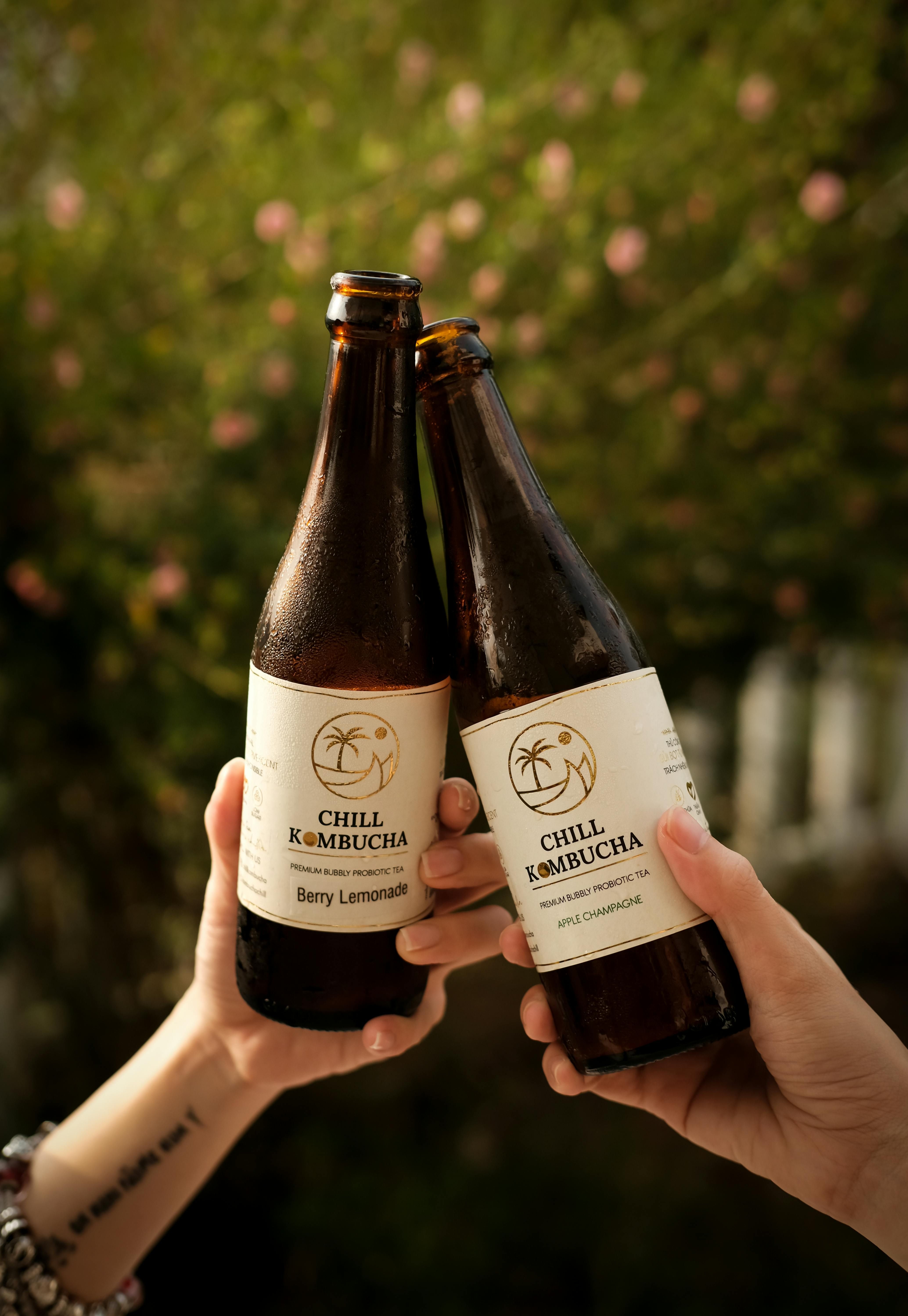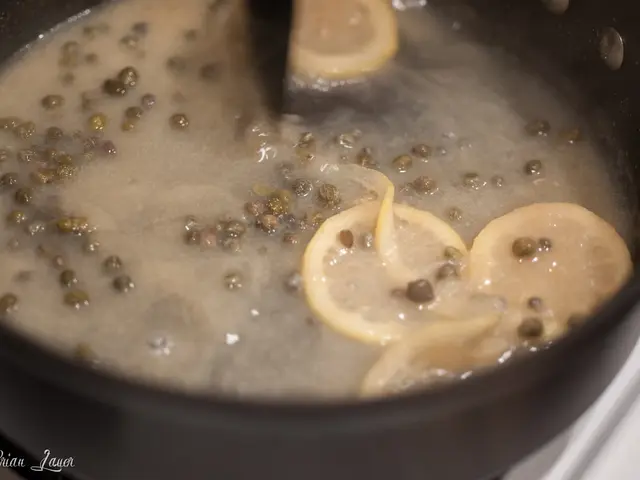Exploring Uses of Konjac Flour: Shirataki Noodles and Beyond as Thickening Agents
Dive into the world of konjac flour, aka glucomannan powder, the super-versatile, no-carb ingredient you'll want in your kitchen arsenal. Whether you're hopping on the keto train or simply scaling back on carbs, this high-fiber, gluten-free wonder might become your next favorite go-to.
Learn all about this Asian root powder and how to use it safely for maximum health benefits (and culinary creativity!).
Say Hello to Konjac Flour
Much like almond flour or coconut flour, konjac flour isn't your traditional flour. It's a powder made by crushing the starchy roots of the konjac plant, which is native to several East Asian countries.
This low-carb miracle has been around for centuries but has recently gained buzz in the wellness world due to its fiber content and gluten-free status.
The Perks of Konjac Flour
Alleviate Constipation
Let's get one thing straight: fiber = you poop. Konjac is loaded with fiber and is even sold as a dietary supplement for gut health. One small study from 2006 found that adding glucomannan to a low-fiber diet bumped up bowel activity by 30%. More recent animal research suggests that a konjac-probiotic duo might be constipation kryptonite.
Improve Heart Health
Fiber is known to lower blood fat levels, which is fantastic news for your ticker. Research shows that konjac can decrease cholesterol levels. It's thought that the odd gel-like consistency of konjac might help prevent fat absorption.
Promote Weight Loss
Filling up on high fiber foods like konjac could help you trim down. Beyond making you feel full longer, eating fiber-rich eats can smooth out any digestive kinks and impede fat absorption. Old-school studies suggest that konjac combined with calorie restriction leads to faster results than calorie restriction alone.
Regulate Blood Sugar
If you're managing diabetes, you know that carbs count. Luckily, konjac is known to stabilize glucose levels. The fiber takes its sweet time breaking down, preventing blood sugar spikes.
Enhance Skin Health
While evidence is slim, konjac seems to help you look good from the inside out. One small 2013 study suggested it could curb breakouts. Another 2015 animal study found that it could speed up wound healing. So, will konjac flour give you flawless skin? Not likely, but it might be a helpful addition to a skin-friendly diet.
Potential Pitfalls of Konjac Flour
Konjac is generally considered safe but has its downsides. Keep these in mind while experimenting with this root powder:
GI Discomfort
Remember, konjac is packed with fiber. Eating too much or too fast can lead to tummy troubles like gas, bloating, and diarrhea.
GI Obstruction
Because konjac can gel and gunk up, eating massive amounts every day might cause a bowel obstruction. Essentially, it could get stuck in your GI tract and prevent output. This can be super painful, and in worst-case scenarios, might require surgery to correct.
Choking
The FDA reports that konjac-based candies have led to fatal choking in both children and the elderly. Because it doesn't dissolve in your mouth, think Captain Crunch meets marshmallows. Drink plenty of water with your konjac products, especially if you're vulnerable (toddlers, the elderly, or folks with swallowing issues).
Allergic Reactions
As with any new food, there's a risk of allergies. Watch out for symptoms like trouble breathing, rapid heartbeat, swelling, sudden hives or rashes, or intense itching.
Can You Make Bread with Konjac Flour?
Sure, you can create bread using konjac flour, but be ready for less-than-satisfying results. Pure konjac bread won't rise and will taste weird, much like fish. A study found that replacing 50% of a gluten-free bread recipe's flour with konjac made the bread smell and taste questionable. So, best to stick to flour combinations with less than 37.5% konjac.
All About Konjac Noodles
Those skinny, white noodles that claim to be magical mirror shirataki noodles. Popular because they're filling, fiber-rich, low-cal, vegan, and gluten-free, all that makes them seem like a dietary dream. But they're made simply by combining konjac flour with lime water. The resulting gel is pressed into noodles.
Unlike dry pasta, shirataki noodles come pre-moistened in a pouch. Some brands use a mix of konjac and tofu to make them easier on your tummy.
Creative Ways to Use Konjac Flour
Beyond noodles, konjac is great as a thickening agent in sauces and soups, or as a gluten-free flour alternative in baked goods. Add it to your diet through supplements, shirataki noodles, or konjac flour.
Newfangled Konjac Recipes
Many keto-friendly recipes use konjac flour to thicken or create structure. Be cautious though, as not all recipe components are always gluten-free.
Fork-Friendly
- Melt-in-your-mouth, low-carb keto fries
- Irresistible keto cheesy bites
- Structure-packed keto and primal soul bread
Sweet Tooth Satisfaction
- Dairy-free, four-ingredient chocolate pudding
- Sinful keto chocolate chip cookies
- Divine keto gravy
Get Your Hands on Konjac Flour
This gluten-free powder is known by several names: konjac flour, konjac gum, or glucomannan powder. Find it at specialty Asian food stores or online. Bon appétit!
1.Konjac flour, along with its primary component glucomannan, can aid in alleviating constipation due to its high fiber content, as seen in studies where adding glucomannan to a low-fiber diet increased bowel activity by 30%.
- By incorporating konjac flour into your diet, you might experience improvements in heart health, as research suggests that konjac can decrease cholesterol levels.
- For individuals managing diabetes, konjac flour could be beneficial due to its ability to stabilize glucose levels, as the fiber takes a long time to break down and prevent blood sugar spikes.





